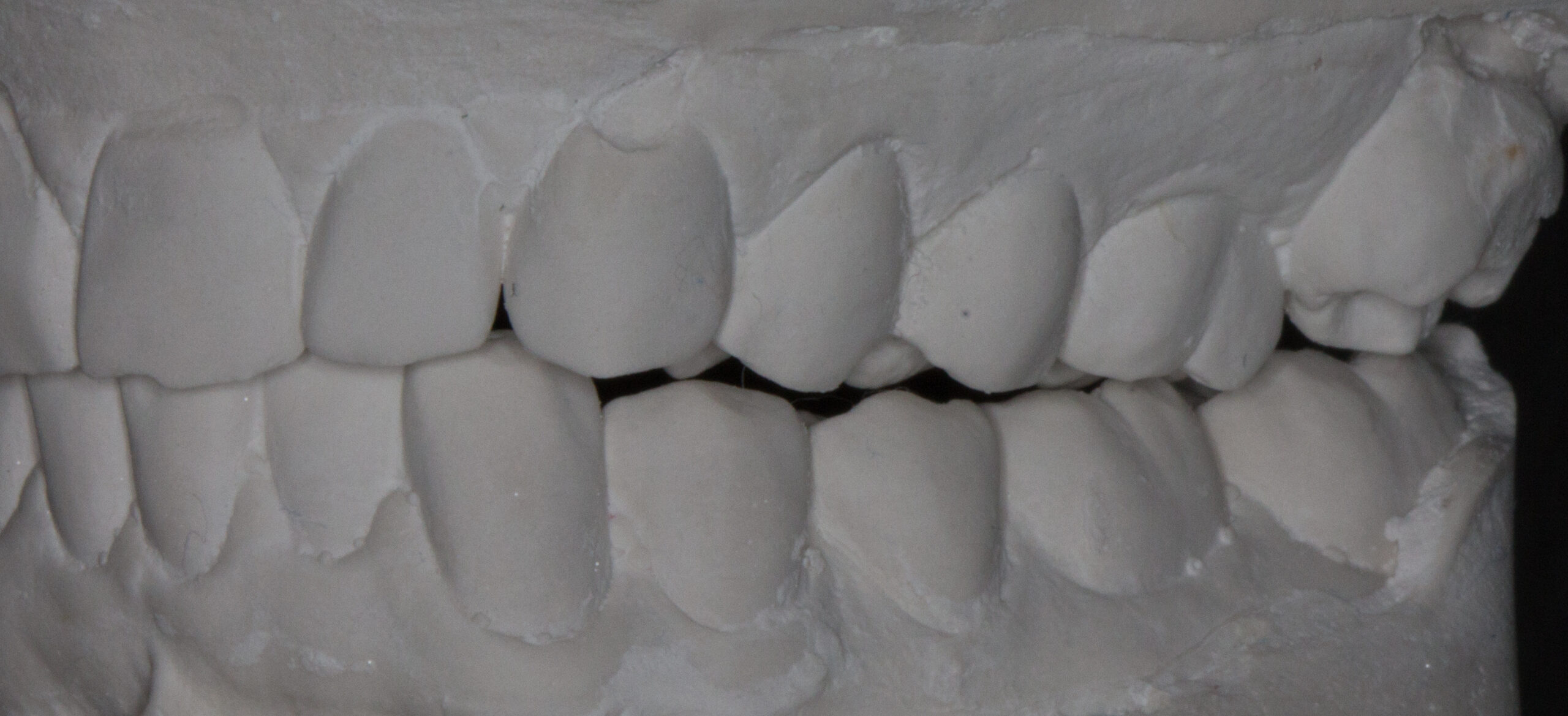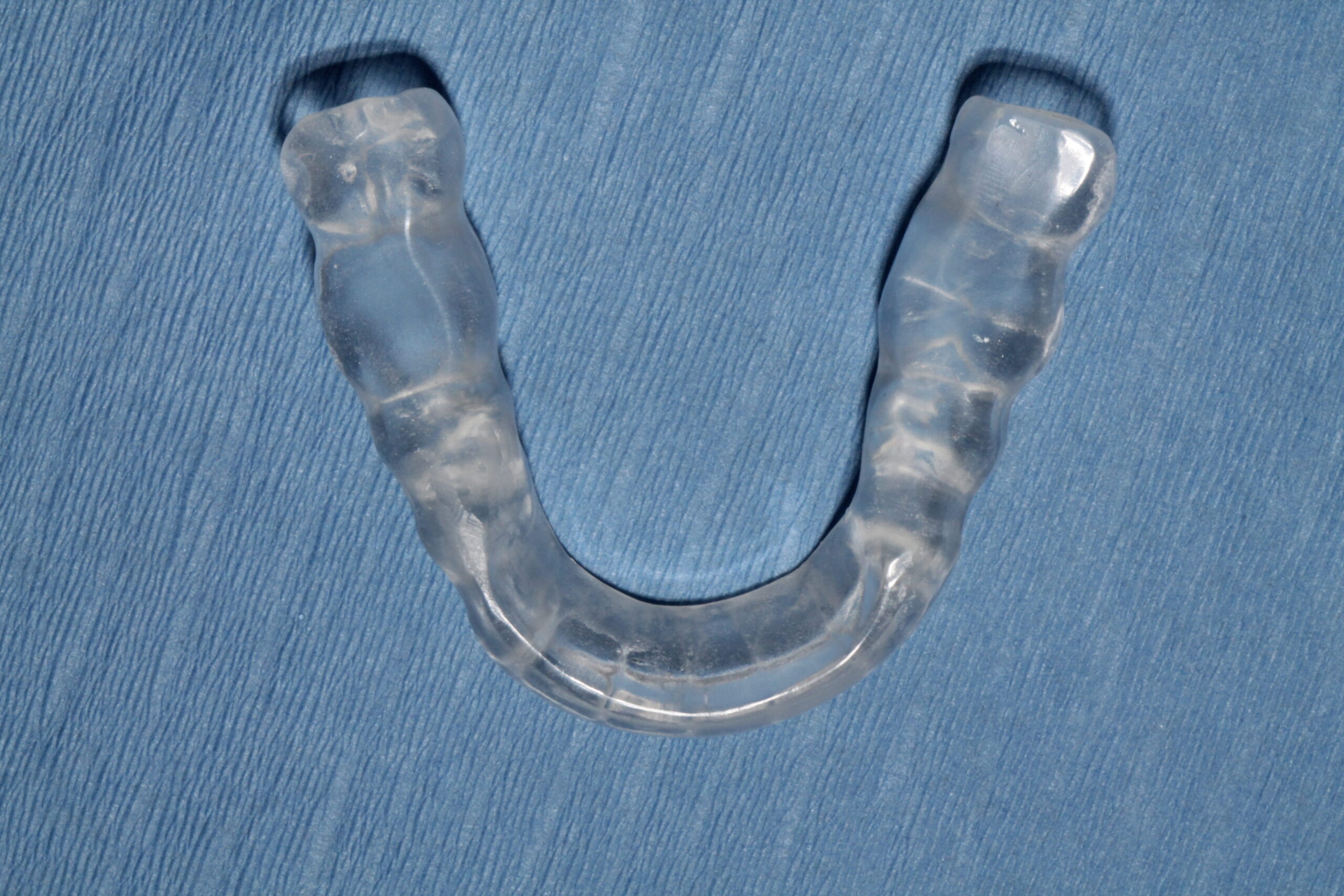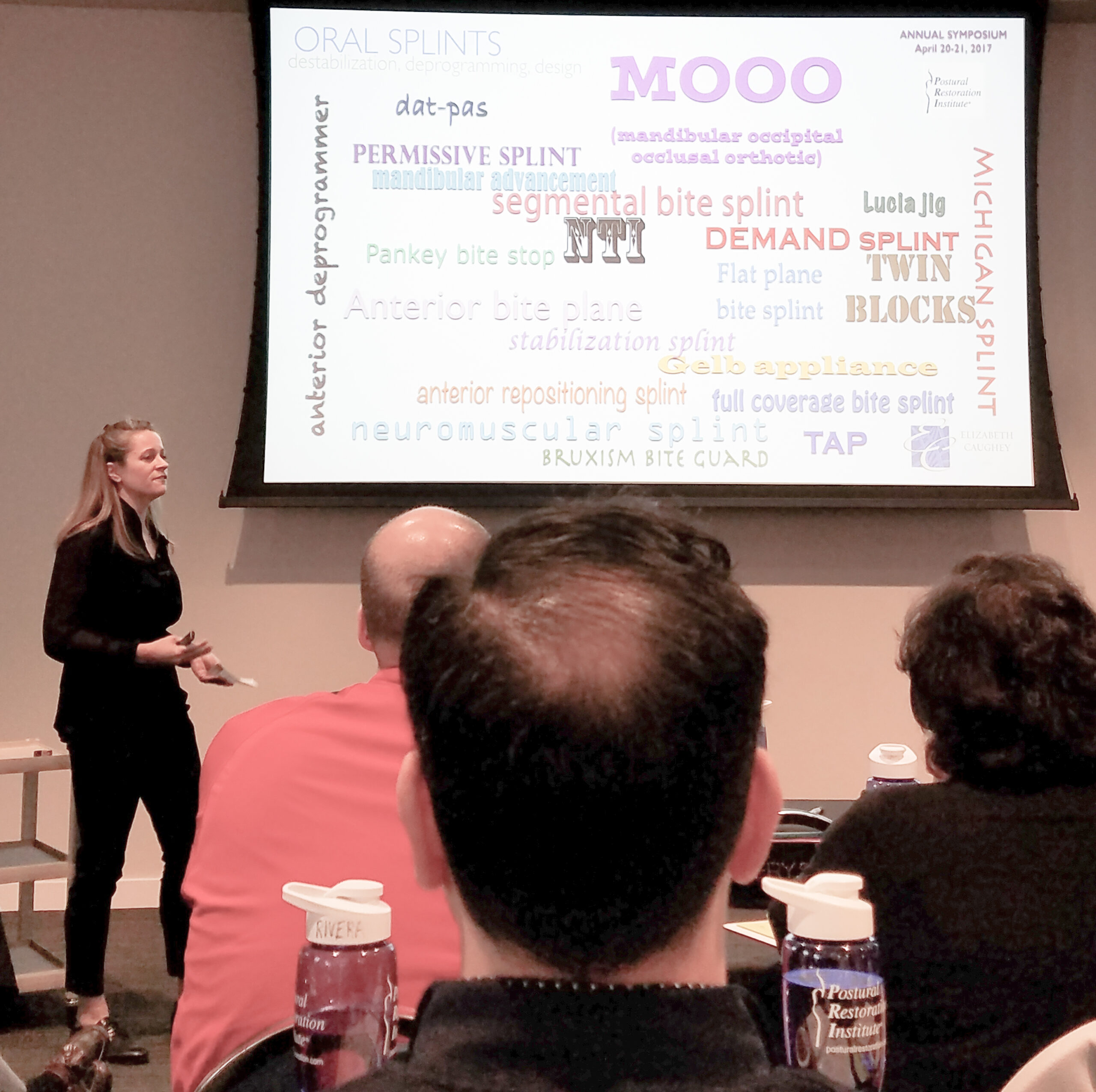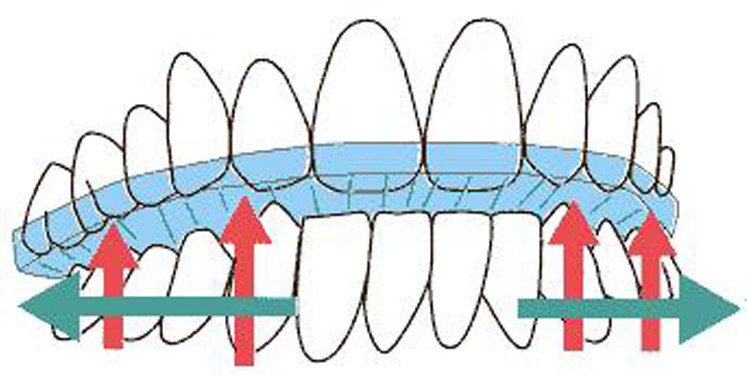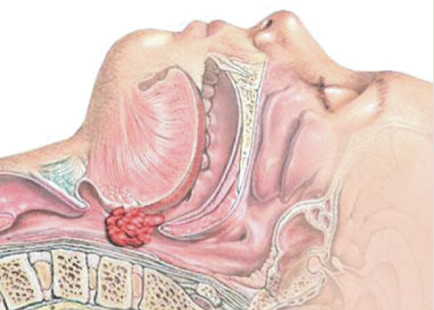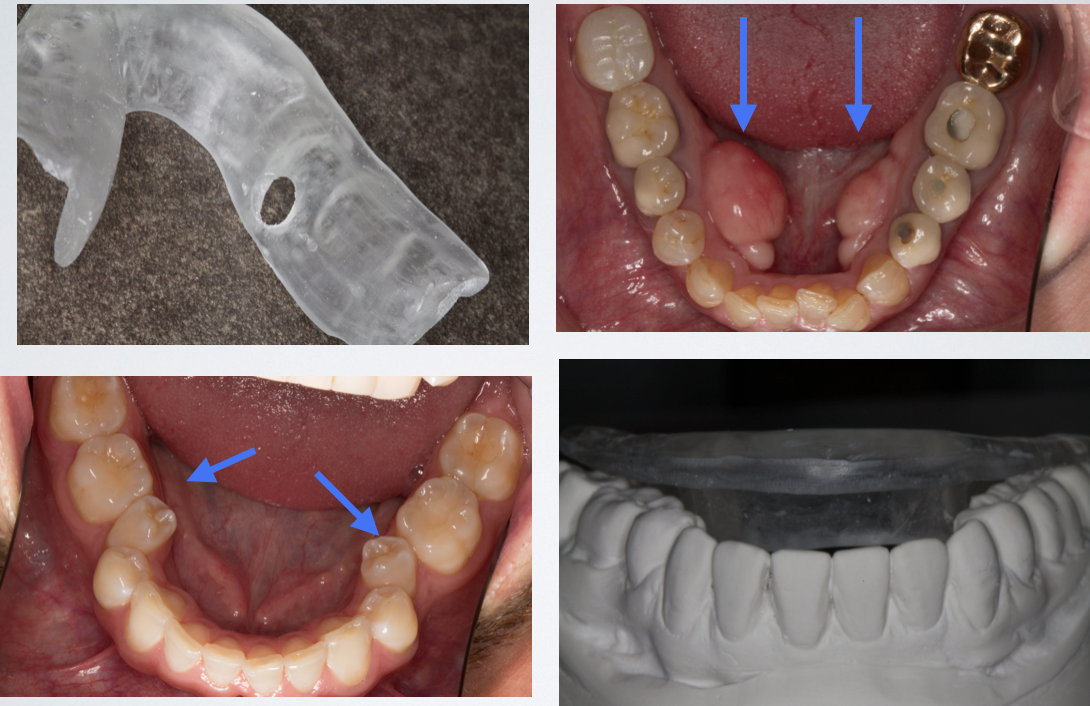It is always a compliment when a patient volunteers to write a testimonial, and here we have just received on about how her bite splint improves her tennis performance. We are so proud of your success, and thoroughly impressed that you would use this experience to write about in your college essay! In the patients’…
Read MoreAs a 17 year long member of the Georgia Dental Association, Dr Caughey attended at the GDA Annual Meeting in an enjoyable way; sharing community and learning with local colleagues. This year Dr. Caughey was invited to speak to the audience on the relationship of bite splint designs and their effect on the cervical spine (neck)…
Read MoreMaking a splint for a patient with a scissors bite follows the same principles as in most other cases. A scissors bite is also called a buccal cross bite, wherein the maxillary molar is more than halfway across the mandibular molar; the lingual (tongue-side) cusp of the upper molar is touching the buccal (cheek-side) surface…
Read MoreFirst and foremost, many patients demonstrating symptoms of R TMCC patterning will NOT need dental intervention! But it is helpful to know how to recognize those who will. We hope this stepwise chart will aid in decision making. STEP 1: LOCATION OF SYMPTOMS FROM HISTORY Headache – almost always! Neck pain – possibly. Depends on…
Read MoreThe idea of wearing a lower bite splint is a challenge for patients with a significant gag reflex, particularly if their gag reflex is stimulated by anything touching the side of the tongue. The Gag Reflex (or pharyngeal reflex) is a hypersensitivity to anything touching the muscles involved with swallowing – the soft palate, the…
Read MoreIt was a complete honor to be asked to lecture about the effect of a splint on a neck at the 2017 PRI annual symposium. While I have been practicing and teaching splint therapy at the Pankey Institute for 10+ years, the exact effect that these dental bite splints has on the neck is not commonly…
Read MoreI’ve been busily pouring through the available scientific literature in preparation for this Annual Symposium in April 2017. What amazes me is the vast nature of the literature – scientists spending their lives investigating a subject from so many different angles. As a community, we are getting closer all the time to understanding what keeps…
Read MoreA bite splint requires molar support, and particularly at the most distal tooth location. However, due to the shape of the upper and lower jaws’ relationship to one another, this is the portion of the bite splint that most frequently becomes thin and brittle, and thus, broken. Below is a case of fractured acrylic over…
Read MoreCan an orthodontic appliance like the ALF serve to open the airway? We think so! This diagram shows the anatomical relationship between the roof of the mouth (palatine and maxillae bones) and the base of the nose. If an ALF Advanced Lightwire Fuctional appliance can gently spread these maxillae and palatine sutures,…
Read MoreIdeally the splint is designed to prevent failures from happening. But when they do, it is good to be able to understand how and why the failure occurred, and to know what to do about it. Splint repair and tips to prevent failure are helpful to predict and manage the occasional difficulties in splint therapy. Understanding…
Read More

